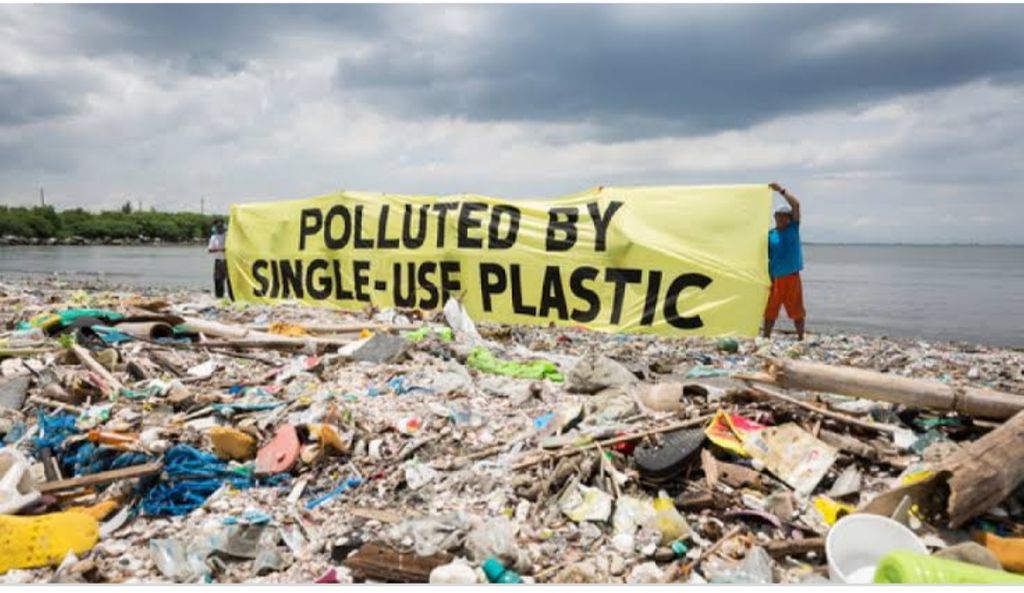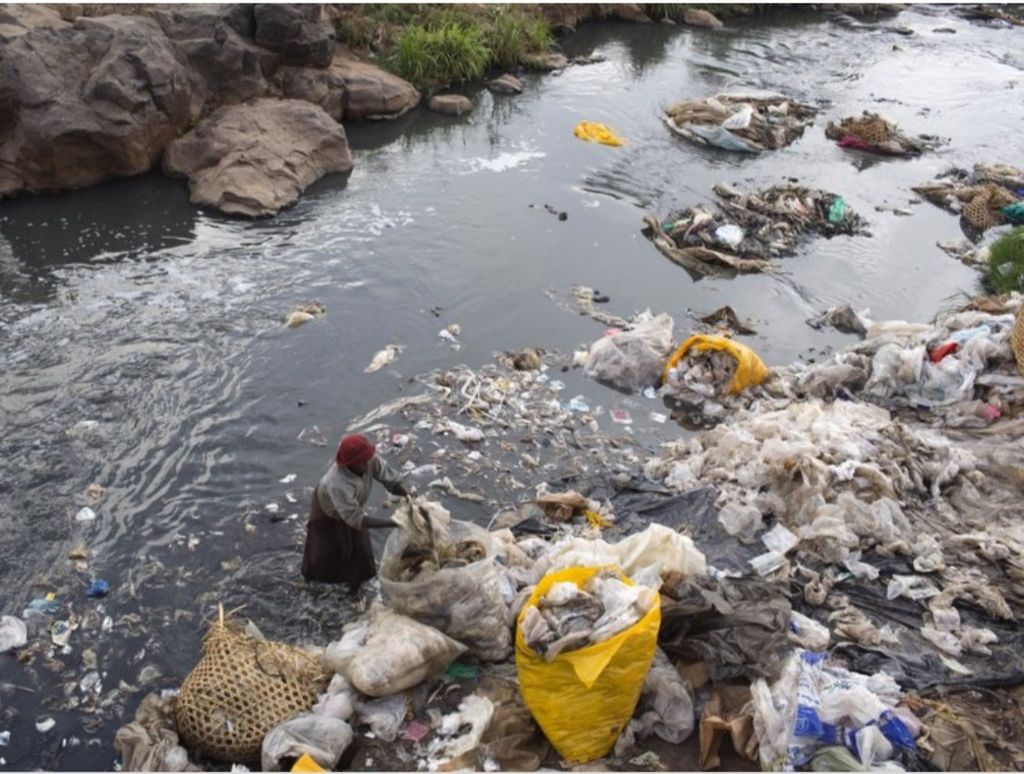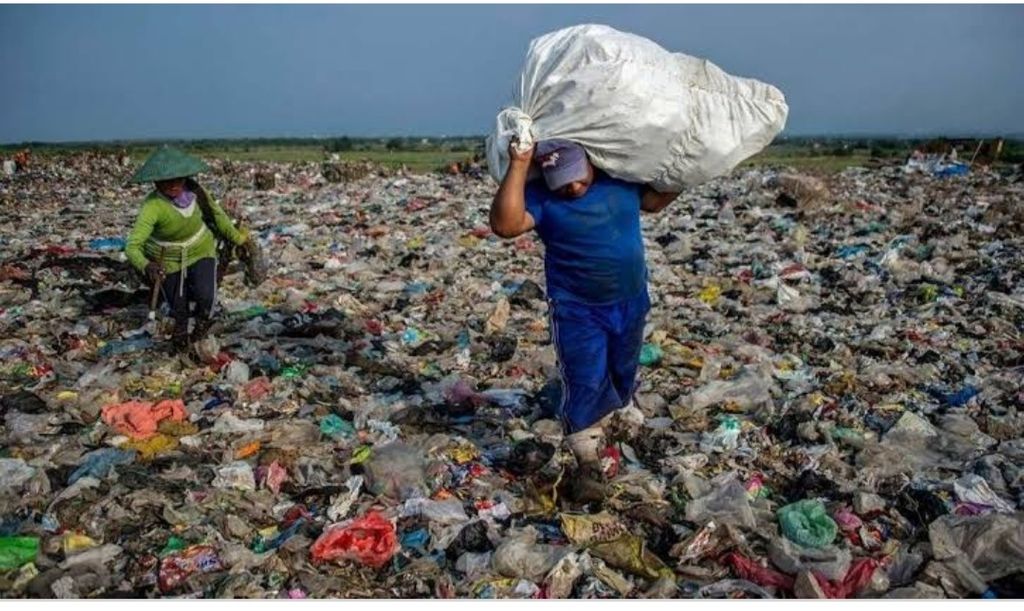195 Countries And A Single Battle Against Plastic Pollution
Jul 07, 2019 • 6 views
Another article, another story but the same thing to define- a battle against PLASTIC POLLUTION.
So let me take you to a quick ride along the countries which are the major contributors in Plastic Pollution:-
INDIA - The country which accounts for almost 18% of the world population, in 2.4% of the global land area,the accumulation of plastic waste is huge.
And according to the study of World Health Organisation (WHO) in 2018, out of 12 cities with the highest pollution in the world, in which 11 cities are in India. And also a study revealed that 20 rivers (mostly of Asia) carry two-thirds of plastic waste to the ocean; the Ganga's contribution tops the list.
So, India to beat pollution and all related problems to it has adopted a whole of Government approach. India’s Prime Minister Narendra Modi has announced in June 2018, to abolish all single-use plastic in the country by 2022.
Some of the initial steps that India has taken to achieve this goal include replacing plastic cutlery, water bottles, teacups and carry bags with steel items in their government offices
Other Indian states including Goa, Maharashtra, Jammu and Kashmir, Karnataka and Punjab have imposed bans on plastic usage. Sikkim, which is the second smallest state in India, has been a leader in the crackdown on plastic usage.
Though, it’s a long way to go but the country has adopted few small steps which can bring some monumental change, just the key is motivation and public support.

FRANCE - France is the largest Mediterranean economy, but it’s contribution in the rate of recycling of plastic waste is the smallest.
And according to World Wildlife Fund- The Mediterranean is sick with plastic waste-and France is largely to blame.
And Europe recycles 30% of its plastic waste; China recycles 25%; the US recycles just nine percent. However, despite being forward thinking in its approach to tackling pollution, France has the second-worst plastic recycling rates in Europe at 25.5%.
To beat the pollution, The EU is considering a ban on all single-use plastic products, from straws, takeaway cups and other food packaging, balloons, plates, and cotton buds. However, France has taken on this ban already, having set goals to completely ban single-use plastic by 2020.
The reduction of emissions and plastic pollution poses a number of benefits to any country. For France, these include saving energy across all sectors, using new, clean modes of transport, boosting the circular economy through promoting recycling and eco-design, and growing the country’s GDP and increasing the amount of jobs available to its citizens.
With the steps that France is adopting, it aims towards the green and environment friendly society.

INDONESIA- An Archipelago that consists of more than 17,000 islands and that is home to about 267 million people - is believed to be the world's second-largest contributor of plastic pollutants in the oceans, after China. Meanwhile, the ministry’s waste management directorate estimates that the total number of plastic straws that are used by Indonesians, every day, has reached around 93 million. It are all staggering numbers.
In order to halt plastic pollution in Indonesia, it is important to alter the country’s land-based waste management system. The government has committed to allocating $1 billion a year to drastically reduce the amount of plastic and waste products contaminating the country’s water sources. In addition to public education campaigns and charges for plastic bags, the government is also initiating a new land-based waste management tactic: turning scraps into road materials.
Plastic pollution in Indonesia is believed to approach 9.52 million tons by the year 2019, which is about 14 percent of the country’s waste. If each kilometer of road requires 2.5 to five tons of plastic waste, it could be used to pave 190,000 kilometers of roadway. This is a perfect illustration of the idiom “one man’s trash is another man’s treasure”, and the new roads can contribute greatly to converting that waste into a useful material.

The above mentioned case studies are a proof, that we still have a hope for an environment- friendly future, it's just that we have to put individual and collective efforts to win this battle, the one we created for ourselves.
